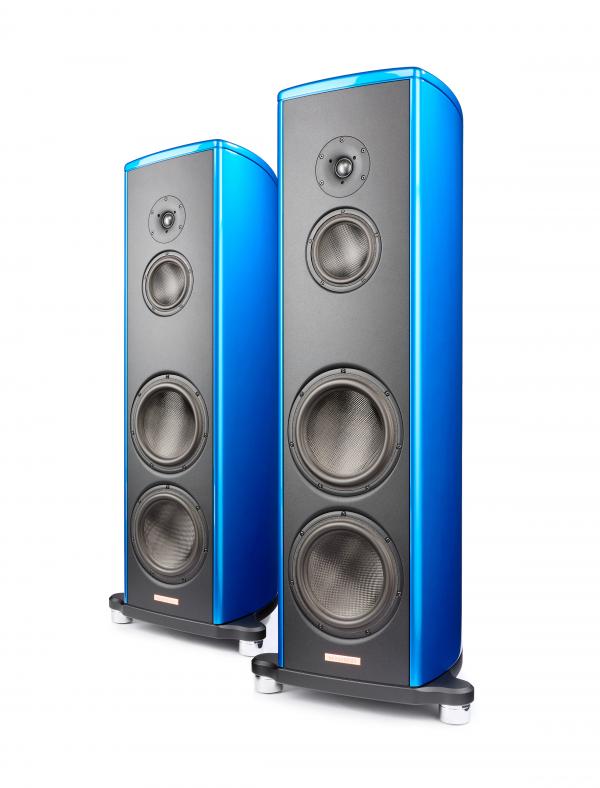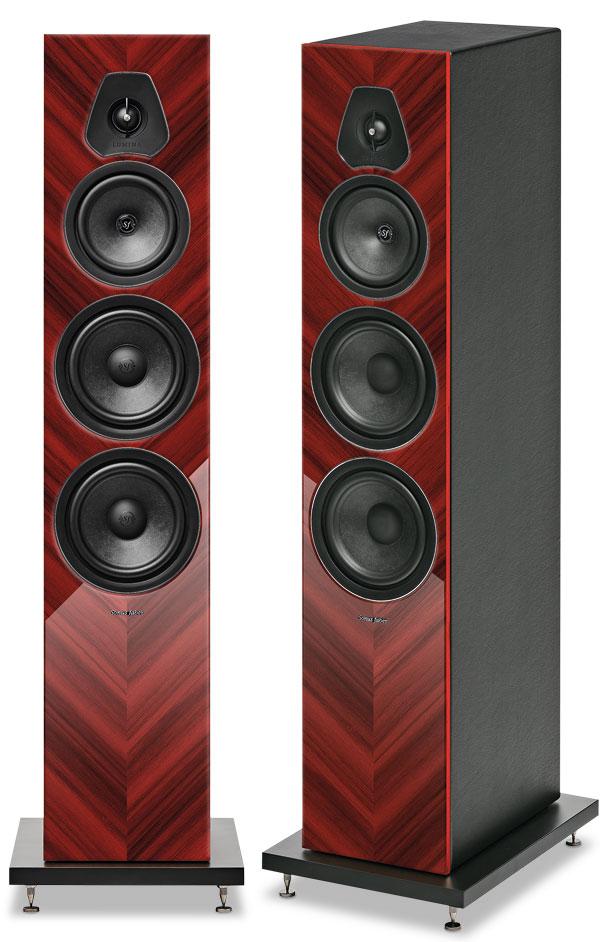|
Dec 02, 2024 |
First Published: Oct 01, 2024
|
Apr 23, 2025 |
First Published: Oct 01, 2024
|
Apr 23, 2025 |
First Published: Oct 01, 2024

 The Largest Of Q Acoustics' 5000 Series Speakers Combines Inspiration From The Concept 50 With Ideas Of Its Own
The Largest Of Q Acoustics' 5000 Series Speakers Combines Inspiration From The Concept 50 With Ideas Of Its Own




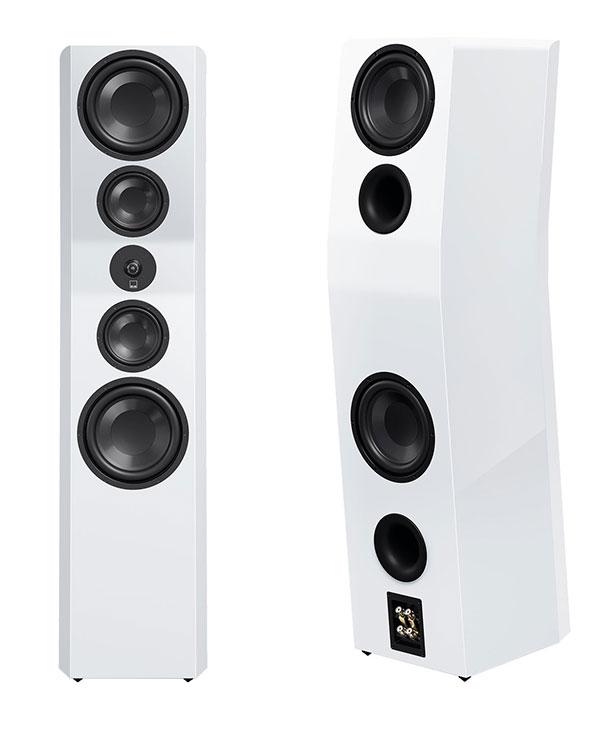
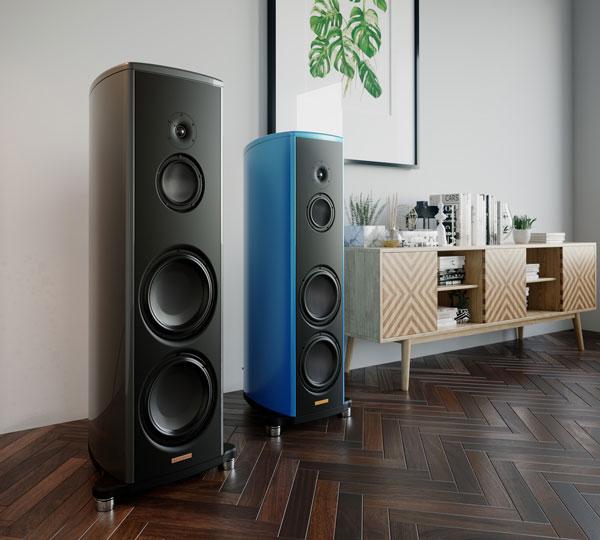


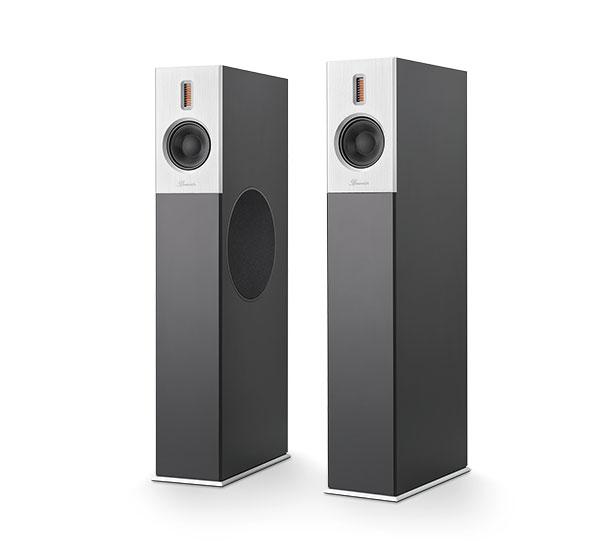
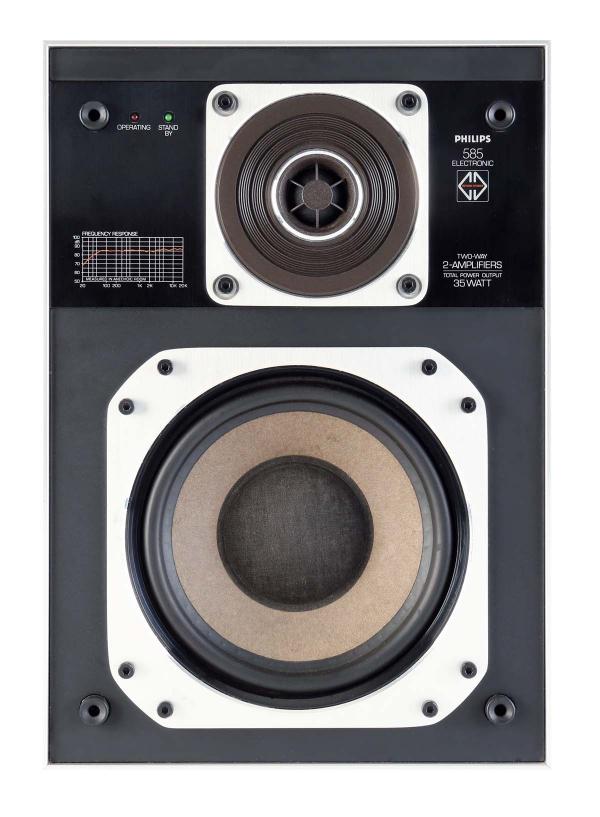
 Smallest of a four-strong range of innovative MFB (Motional Feedback) loudspeakers, Philips’ AH585 was in production from 1972-82. How does it fare today?
Smallest of a four-strong range of innovative MFB (Motional Feedback) loudspeakers, Philips’ AH585 was in production from 1972-82. How does it fare today?

